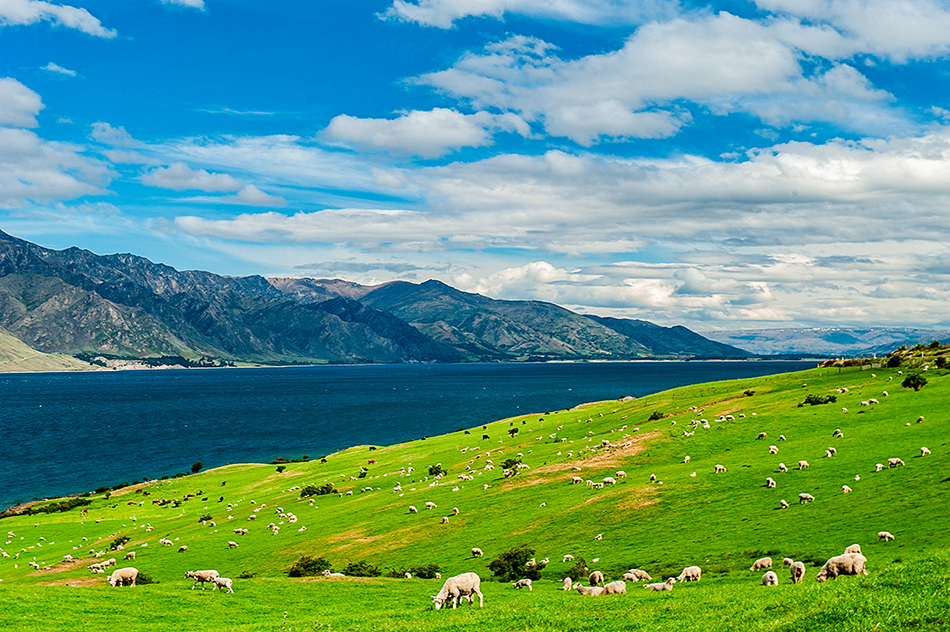
New Zealand. Lake Wanaka.
Depth of field is important in all types of photography. While portrait and wildlife photographers might want very shallow depth of field for a tight headshot, landscape and travel photographers often want as much depth of field as they can get. We all know that by closing down to smaller apertures like F16 or even smaller will render more of the scene in focus. But often the bigger question becomes where should you focus in the scene for maximum acuity in the image.
One technique I have used since I first picked up a camera is hyperfocal distance. Hyperfocal distance is defined as the focus point at which half that distance to infinity will be in focus. That sounds a little abstract. But what does make sense is ‘half the distance to infinity’ is in focus. If we can figure out what that point is, then we can set our focus for that point and know how much of the scene will be in focus. And most importantly we will know where the focus begins. The challenge with many landscape images is determining how close you can get to your foreground and still have that foreground and infinity in focus. Some mirrorless cameras will show you what is in focus in the EVF…up to a certain aperture. Focus peaking can help.

Ever notice the focus scale on top of some of your lenses? One handy thing about that scale is it allows us to calculate hyperfocal distance. Take a look at the image above. If I set my aperture to F11, and rotate the infinity mark (figure eight lying on its side) to line up with F11, this scale is telling me that the hyperfocal distance is approximately seven feet. So half that distance is 3.5 feet….3.5 feet to infinity will be in focus. Take note of the right side of the lens and see how the F11 mark lines up with 3.5 feet, and on the left side the infinity mark lines up with the F11 mark.
On my Nikon Z 24-70mm F2.8 (mirrorless) the digital illuminated distance scale on top of the lens actually expands and contracts as I change my aperture. That is just plain cool! This is very handy for determining depth of field range in the image.
But what if I want more depth of field…3.5 feet isn’t close enough for the closest subject in my landscape image. Certainly you could close your aperture down to F16 of F22. But what if I told you your image would be less sharp even though you have more depth of field? Diffraction comes into play, and depending on your lens, can really affect acuity in your grand landscape shot. In two weeks I will be going into much more depth on image acuity, focus point and depth of field as part of our online Advanced Landscape class. It this topic interests you, join us for this information packed class.
Have a great weekend!